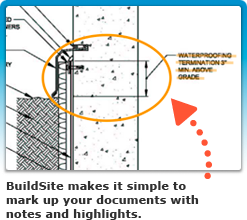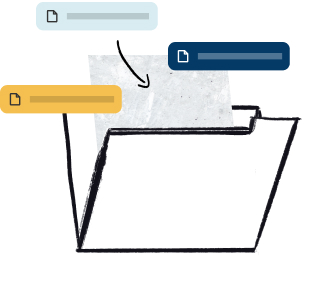Abstract
This specification covers mineral granule-surfaced asphalt roofing shingles. Covered here are the self-sealing (Type I) and non-self-sealing (Type II) types of shingles. The shingles shall consist of organic felt or glass mat(s) saturated or impregnated, and coated on both sides with a hot asphaltic material and completely surfaced on the weather side with mineral granules embedded in the coating. The reverse side of the shingles shall be covered with a suitable material to prevent the shingles from sticking together in the package, causing possible damage upon being unpacked at ambient temperatures. Type I shingles shall have a factory-applied adhesive that will seal the shingles together after application. Both types shall meet the conditions for Class A fire exposure, and loss and behaviour on heating tests. Type I shingles shall pass an additional wind resistance test.
This abstract is a brief summary of the referenced standard. It is informational only and not an official part of the standard; the full text of the standard itself must be referred to for its use and application. ASTM does not give any warranty express or implied or make any representation that the contents of this abstract are accurate, complete or up to date.
1. Scope
1.1 This specification covers granule-surfaced asphalt roofing shingles that meet the requirements for Class A fire test, behavior on heating, and wind testing.
1.2 Shingles meeting this specification are intended to be applied with a headlap of not less than 51 mm [2 in.].
1.3 The values stated in either SI units or inch-pound units are to be regarded separately as standard. The values stated in each system may not be exact equivalents; therefore, each system shall be used independently of the other. Combining values from the two systems may result in non-conformance with the standard.
Reproduced, with permission, from the ASTM International website, copyright ASTM International, 100 Barr Harbor Drive, West Conshohocken, PA 19428. To purchase the complete standard, go to http://www.astm.org/.



